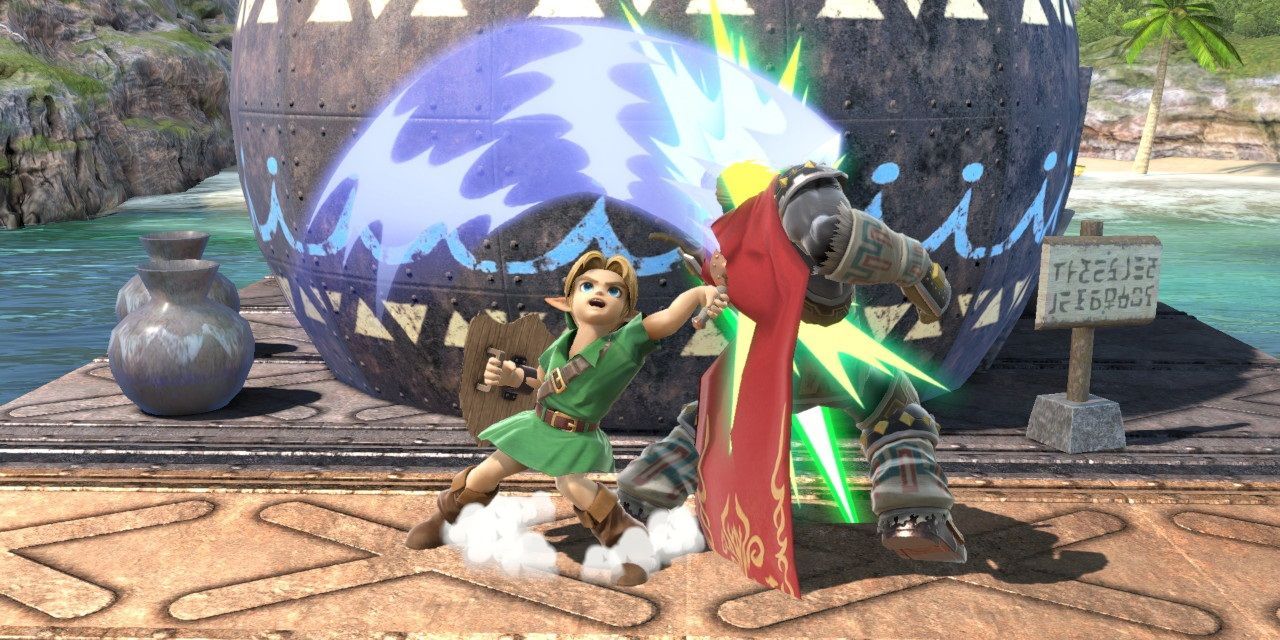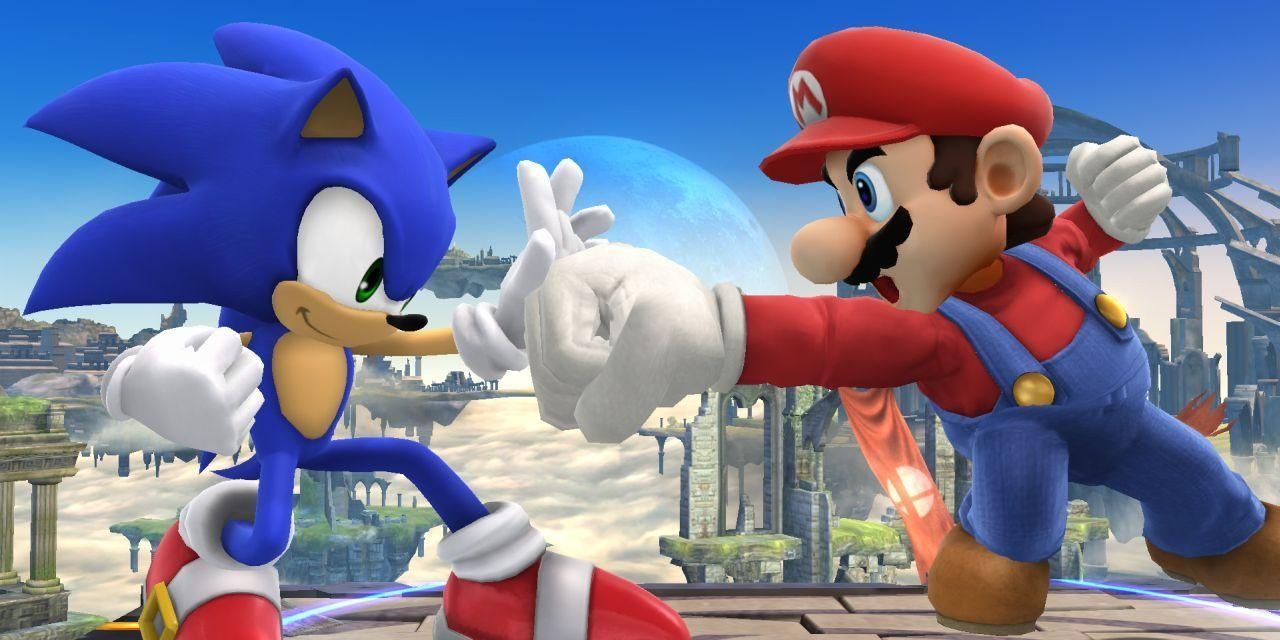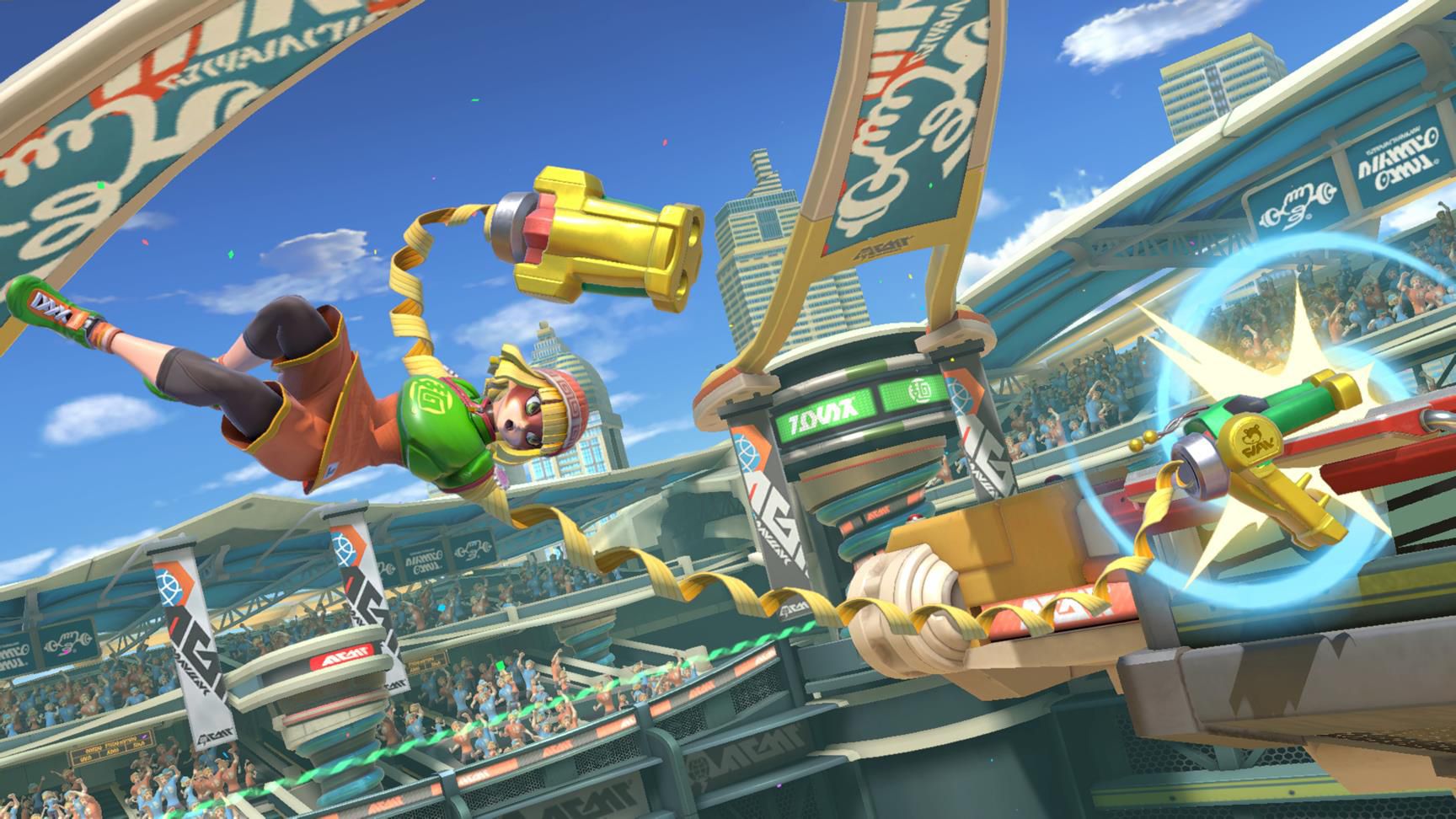Fighting games can be a surprisingly intimidating thing to acclimate to -- especially ones as competitive as Street Fighter and Guilty Gear Strive. It often takes hundreds of hours of practice to really learn a fighting game's mechanics, terminology, and strategies alone. Then there's the work that goes into learning characters, practicing combos, and fighting online against experienced players to reach a level beyond casual play. Taking the leap into learning a fighting game is no small feat.
On top of all of that, there's also the sheer number of different fighting games out there. Each one plays a little differently from the others, so it's often best for an up-and-coming competitive player to cut their teeth on a title that gives them fundamentals that will translate well to other entries in the genre. At the same time, players should start with a game that has a strong community behind it, so that they'll have the benefit of tutorials and guides. With all of that said, one of the best titles for new fighting game players is without a doubt Super Smash Bros. Ultimate.
Super Smash Bros. Ultimate Is Full of Fighting Game Fundamentals
When it comes to the basics of competitive fighting games, it might seem strange to recommend a platform fighter to start with. It's hard to think of a fighting game genre that strays further away from the traditional 1v1 format. A lot of Smash Ultimate's complexity comes from its platforming mechanics, as players need to give their positioning a lot more consideration than they otherwise would in any other fighting game. There's also a case for Ultimate being a better casual fighting game than a competitive one.
However, it's that extra layer of complexity that makes Smash Ultimate such a good launching-off point. Positioning is actually a huge part of any fighting game. Distance matters for things like combos and strings. Smash Ultimate drives this point home with gameplay that requires players to pay attention to their positioning, as being in the wrong place at the wrong time could potentially cost someone a match.
The Complexity of Smash Ultimate Grows as the Player Learns
Smash Ultimate's learning curve is perhaps what makes it such a great choice for new fighting game players. A lot of fighting games have a shockingly steep wall between casual and competitive play. Combos present a great example of this. A casual player could learn a few combo strings with their favorite character and be able to hold their own just fine. Competitive play almost demands a total understanding of every tool that a character has available to them.
Smash Ultimate doesn't have any pre-baked combos for its characters. Their movesets are simple, typically being composed of four special moves, four light attacks, four heavy attacks, four aerial attacks, and a grab. Smash Ultimate creates complexity for competitive play by allowing those moves to be pieced together in a variety of ways. In other words, players build their own combos. The learning that games like Mortal Kombat 11 have thanks to pre-made combos is replaced instead with the best part of learning a fighting game: experimentation.
As players learn a character's moves and experiment with how those moves string together, they'll start seeing how they can mix in other moves to create their own combos. While other fighting games might allow for more complexity for competitive players to dig into, Smash Ultimate moves at the player's pace while they explore the options that various characters on the roster have. It's a title that's incredibly friendly toward new fighting game fans, making it amazing for those looking to get into competitive play.



